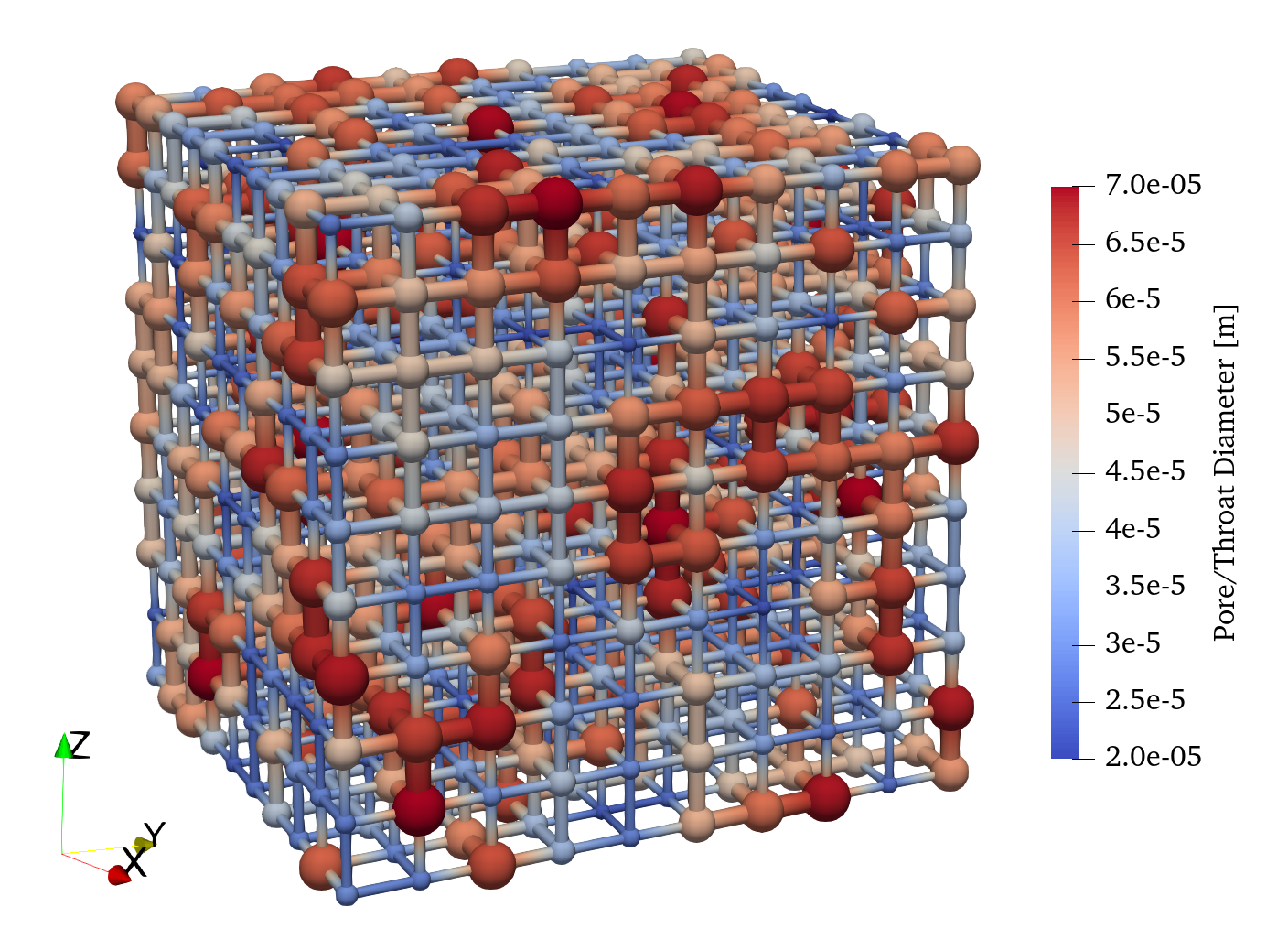FIDNet_SemanticKITTI
Motivation
Implementing complicated network modules with only one or two points improvement on hardware is tedious. So here we propose a LiDAR semantic segmentation pipeline on 2D range image just with the most commonly used operators: convolutional operator and bilinear upsample operator. The designed network structure is simple but efficient. We make it achieve the comparable performance with the state-of-the-art projection-based solutions. The training can be done on a single RTX 2080 Ti GPU.
A demo video of our IROS paper on test set:

Dataset Organization
IROS21-FIDNet-SemanticKITTI
├── Dataset
├ ├── semanticKITTI
├ ├── semantic-kitti-api-master
├ ├── semantic-kitti.yaml
├ ├── data_odometry_velodyne ── dataset ── sequences ── train, val, test # each folder contains the corresponding sequence folders 00,01...
├ ├── data_odometry_labels ── dataset ── sequences ── train, val, test # each folder contains the corresponding sequence folders 00,01...
├ └── data_odometry_calib
├── save_semantic ── ResNet34_point_2048_64_BNTrue_remissionTrue_rangeTrue_normalTrue_rangemaskTrue_2_1.0_3.0_lr1_top_k0.15
How to run
```
docker pull pytorch/pytorch:1.7.1-cuda11.0-cudnn8-runtime
```
Install dependency packages:
```
bash install_dependency.sh
```
For training inside the docker:
```
python semantic_main.py
```
For evaluate inside the docker:
```
python semantic_inference.py
```
Generate the test predictions:
```
python semantic_test.py
```
Pretrained weight
Download link: https://drive.google.com/drive/folders/1Zv2i-kYcLH7Wmqnh4nTY2KbE_ZyGTmyA?usp=sharing
After downloading, move the file 25 into
./save_semantic/ResNet34_point_2048_64_BNTrue_remissionTrue_rangeTrue_normalTrue_rangemaskTrue_2_1.0_3.0_lr1_top_k0.15/
Then directly run the evaluate python script should can work.
After generating the predicted label on validation set, one can simply run:
```
bash evaluation.sh
```
Some changes of local path may need to be done. Just follow the error to change them, should be easy.
This checkpoint achieves 58.8 mIOU on the validation set.
Train from the scatch
The default setting should can give a good result. The performance may has one or two point difference due to the randomness. One can explore more based on our pipeline.
Publication
Please cite the paper if you use this code:
@article{zhao2021fidnet,
title={FIDNet: LiDAR Point Cloud Semantic Segmentation with Fully Interpolation Decoding},
author={Zhao, Yiming and Bai, Lin and Huang, Xinming},
journal={arXiv preprint arXiv:2109.03787},
year={2021}
}








